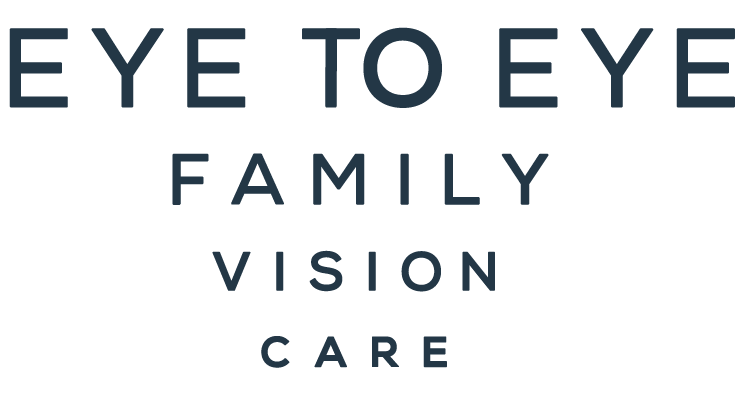The eye's lens is a transparent, curved structure behind the pupil. When the lens becomes cloudy, we call it a cataract. The development of a cataract is progressive, so what starts out as slightly blurry, cloudy, or diminished vision can lead to complete blindness over time without treatment. Cataracts are quite common in the senior […]

